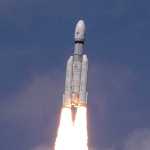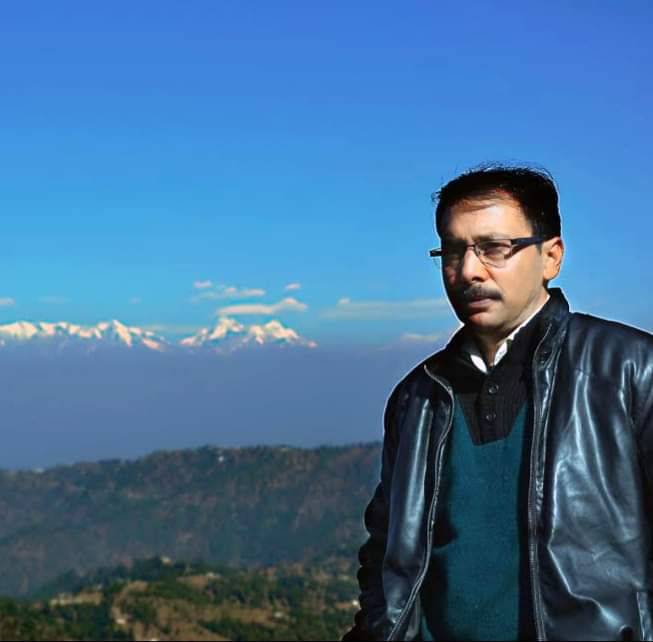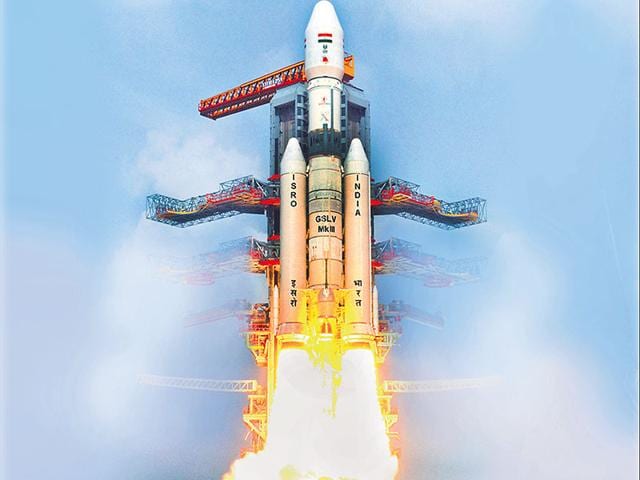India becomes third country in the world with the launch of Indian Solar Mission Aditya L1
Mention of features of the mission
India’s solar mission has taken a big step in the world of space through Aditya L1. Indian Space Research Organization (ISRO)
This ambitious effort will prove to be a boon for the safety of artificial satellites in space, while it will also help in the advancement of atmospheric science. Will be able to inform short term space weather forecast. The information will potentially be helpful in predicting future climate changes such as mini ice ages.
Aditya L1 successfully launched from Sriharikota at 11.50 am on Saturday
Many mysteries still exist on the Sun. Which is very important to know. There are many such activities including sunspots, solar flares and solar storms arising from them on the surface of the Sun. Whose monitoring is very important. There is a dire need for a mission like Aditya L1 to keep an eye on these activities of the Sun and ISRO is going to do the same.
This satellite is completely indigenous. Which we can call Make in India. ISRO has played a big role in making it in India and many other research centers including the Indian Institute of Astrophysics, Bangalore have played an important role. With the creation of this mission, it can be said that India has become self-reliant in the field of space science. This is a matter of pride for Indians.
Actually Aditya is synonymous with sun. The reason why it has been named Aditya and the reason for adding L1 behind the name is called L1 Langres Point. This is the place in space from where the Sun can be easily studied without any hindrance. Apart from high energetic solar particles including geomagnetic solar storms coming from the Sun towards the Earth, many other information can be easily gathered. L1 is at a distance of 1.5 million km from the earth.
Many missions have been launched so far to study the Sun, but the satellite SOHO of American Space Agency NASA and European Space Agency has been launched at an important place like L1 in space. After these two countries, India studying the Sun from L1
The third country has become After the success of this mission, India will become self-reliant in collecting solar data. We are still dependent on other countries to get solar data. But now this dependence will end.
Due to the explosions on the Sun, high energetic particles are sprayed in large quantities, due to which the large solar storms arising from which can not only damage the electrical and electronic equipment of the Earth, but also our satellites currently roaming in space, which have become our dependence. . They may be in great danger from solar storms. They even disrupt the communication system of our air services. It is very important to detect the solar geomagnetic solar storms coming towards the Earth in time and Aditya L1 will play an important role in providing this information.
The mission is equipped with seven state-of-the-art instruments.These include Visible Emission Line Coronagraph, Solar Paraviolet Imaging Telescope, Solar Low Energy L1 X-ray Spectrometer, High Energy L1 Orbital X-ray Spectrometer, Aditya Solar Wind Particle Experiment, Aditya Plasma Analysis Package and Advanced Tri-Axis High Resolution Digital Magnometer.
To complete this mission, about a thousand scientists and engineers are involved, who are from various space agencies of the country and many educational institutions. Who have contributed with dedication in completing this mission.
In reality, this mission is multidimensional. The youth of the country will get an opportunity to learn data analysis of the sun from this mission, which will become perfect in data analysis in future. Students of all the universities of the country will be involved in this work.
ARIES will act as support cell in the mission. For this, a science center has been set up in Haldwani. Students of various universities will be able to analyze the data obtained from the Sun.
Many activities take place on the Sun. Due to which the radiation, solar wind, solar flare and high charged particles emanating can be assessed.
In this mission, Aditya will study the Sun for five years. It is possible that even after this it can continue to work.

Missions of many countries are to be sent to the Moon in the future and the Sun’s radiation affects the Moon. Aditya L1 will be able to report radiation coming to the moon. Also, it can give information about the coming solar storm to the space station established in space.
The special features of this mission also include the study of the corona of the Sun. The study of the corona is possible only during a total solar eclipse, but with the establishment of Aditya L1, we will be able to study the corona at any time.
This mission will prove to be an important ally on Atmospheric Science. Will be able to collect data of Earth’s atmospheric gas. Atmospheric scientists will be able to study from the data.
ISRO has made this mission multidimensional. On one side is the sun shining in the sky and on the other side is our earth. Aditya will probably prove to be important in predicting the upcoming Mini Ice Age on Earth.
The contribution of the Government of India is crucial in completing the Aditya L1 mission. Without whose cooperation this mission could not have been completed. The best thing is that the government is doing everything possible to promote science. Due to which Chandrayaan 3 has been successful in creating a world record and Aditya L1 is going to add another achievement to the country.
Source: Aries.
Photo: ISRO.

Journalist Space science.
Working with India’s leading news paper.
और अधिक जानें

